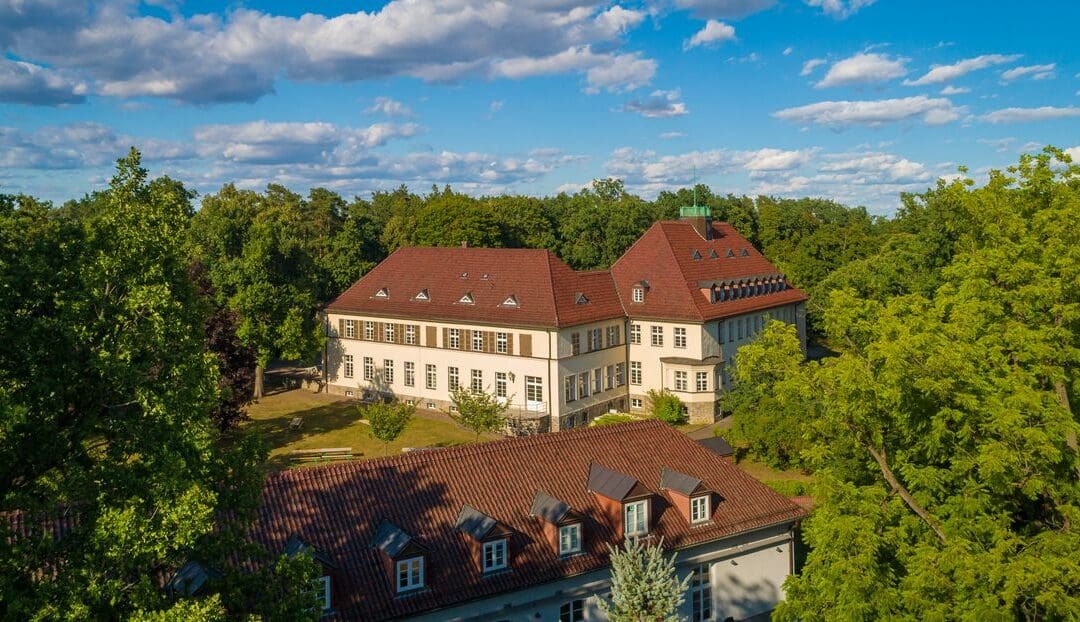Identifying opportunities for collaboration, conflict management and communication through agricultural Social Network Analysis (SNA)
Current governance approaches to ecosystem services mostly include top-down, command and control type arrangements valid for different administrative units in the EU (e.g. Natura 2000 network, Water Framework Directive). This is supplemented by incentive and market-based approaches for individual farmers, such as agri-environmental schemes as part of the CAP.
The Civil-public-private-partnerships (cp3) project, led by the Leibniz-Centre for Agricultural Landscape Research in Germany, explored collaborative, alternative governance approaches for policy innovation to enhance biodiversity and ecosystem services delivery in agricultural landscapes within the projects’ case study regions.
As part of the project, a Social Network Analysis (SNA) was conducted of the relationships between actors in the agricultural space to represent connections and characteristics among actors in the agricultural network using graph analytic techniques. CP3 used an interview-based mapping approach in the SNA to help users understand, visualize, discuss, and improve situations in which many different actors influence outcomes.
The key takeaways from the SNA undertaken by the CP3 project in the case study areas was an increased understanding of the level of information and resource sharing between actors, an understanding of the motivations and concerns among actors, identification of the gaps in support networks, identification of challenges to the provision of ecosystem services, and improved relationship building, conflict management and partnership between actors.
Taking a collaborative approach with the SNA was particularly useful in was the identification of shared goals between actors who would typically be considered conflicting or have invisible boundaries between them for collaboration (e.g. farmers and environmental organisations).
In contrast to linear, top-down approaches to innovation and decision-making, exploring alternative governance models and collaborative approaches which focus on horizontal communication as well as vertical communication (including bottom-up) and knowledge exchange can help to enhance collaboration between actors in identifying and achieving mutual goals.
Find out more about this innovation by contacting Leo at leo@erinn.eu. For more innovations like this, visit our Innovation Hub.





